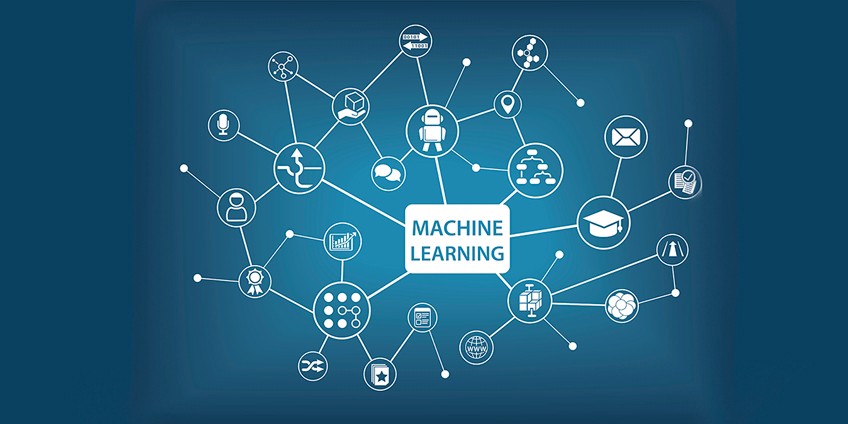Machine learning is a subset of artificial intelligence that focuses on building computer algorithms that can learn from and make predictions or decisions based on data. It has become increasingly important in recent years due to the explosive growth of data and the need to extract valuable insights from it. In this blog post, we'll explore what machine learning is, how it works, and some popular applications.
What is Machine Learning?
Machine learning is the process of training computer algorithms to
recognize patterns in data, make predictions or decisions based on those
patterns, and improve their accuracy over time. The goal is to build models
that can generalize to new data and perform well on a variety of tasks. There
are three main types of machine learning:
Supervised Learning: In supervised learning, the model is trained on
labeled data, meaning that the inputs are paired with their corresponding
outputs. The goal is to learn a function that maps inputs to outputs, so that
the model can make predictions on new, unseen data. Some popular algorithms for
supervised learning include linear regression, decision trees, and neural
networks.
Unsupervised Learning: In unsupervised learning, the model is trained on
unlabeled data, meaning that there are no corresponding outputs. The goal is to
find patterns or structure in the data, such as clusters or groups. Some
popular algorithms for unsupervised learning include k-means clustering,
principal component analysis (PCA), and autoencoders.
Reinforcement Learning: In reinforcement learning, the model learns
through trial and error, receiving feedback in the form of rewards or penalties
based on its actions. The goal is to learn a policy that maximizes the
cumulative reward over time. Some popular applications of reinforcement
learning include game playing and robotics.
How Does Machine Learning Work?
Machine learning algorithms follow a general process that includes the
following steps:
Data Collection: The first step in machine learning is to collect data
that is relevant to the problem you want to solve. This data can come from a
variety of sources, such as databases, sensors, or web scraping.
Data Preparation: Once you have collected your data, you need to clean,
preprocess, and transform it into a format that can be used by your machine
learning algorithm. This step can involve tasks such as removing missing
values, scaling the data, and creating new features.
Model Selection: Next, you need to choose an appropriate machine
learning algorithm for your problem. This depends on the type of problem you
are trying to solve, the type of data you have, and the performance metrics you
care about.
Model Training: Once you have selected your algorithm, you need to train
it on your data. This involves feeding the algorithm your training data and
adjusting its parameters to minimize the error between the predicted outputs
and the actual outputs.
Model Evaluation: After training your model, you need to evaluate its
performance on a separate set of data that it has not seen before, called the
validation set. This step helps you avoid overfitting, where the model becomes
too specialized to the training data and performs poorly on new data.
Model Tuning: If your model is not performing well on the validation
set, you may need to adjust its hyperparameters, such as the learning rate or
regularization strength, and repeat the training and evaluation steps.
Model Deployment: Once you are satisfied with your model's performance,
you can deploy it to make predictions on new, unseen data. This involves
integrating the model into your production environment and ensuring that it is
scalable, reliable, and secure.
Popular Applications of Machine Learning
Machine learning has many applications across a variety of industries.
Here are some of the most popular applications:
Image and Video Recognition: Machine learning can.




.png)
.png)

0 Comments